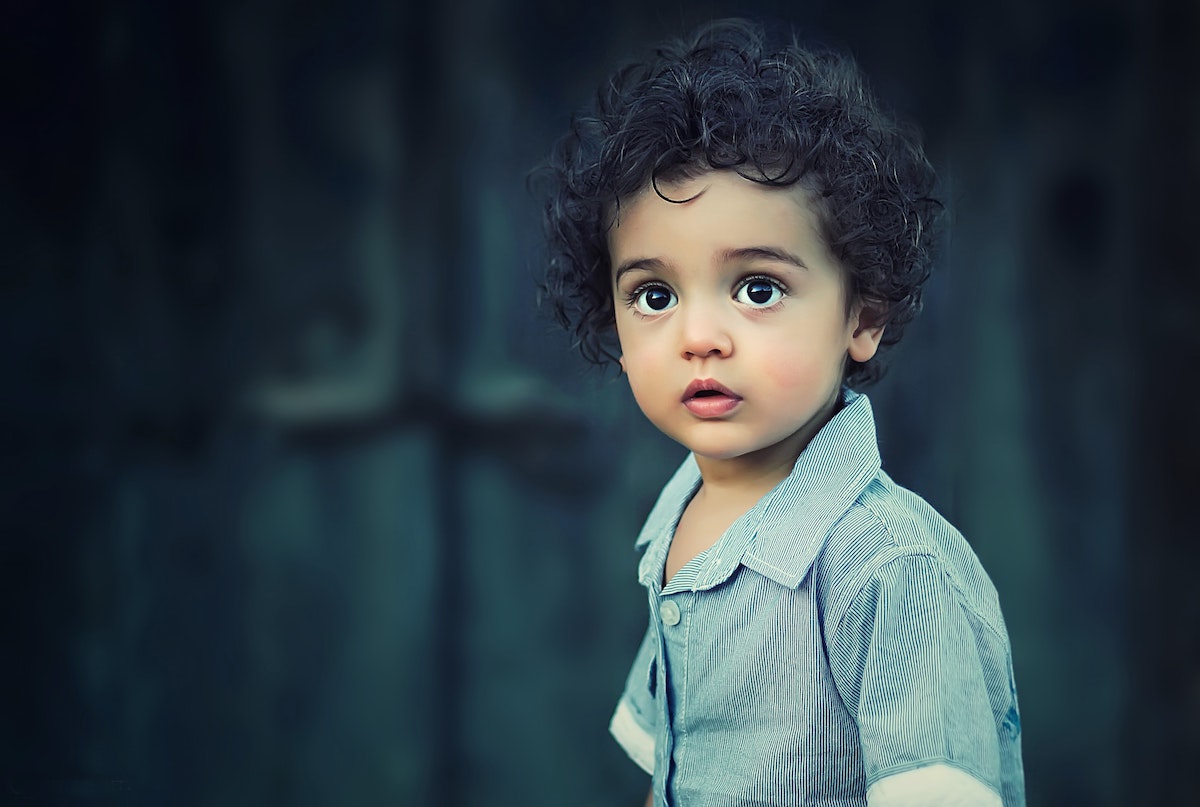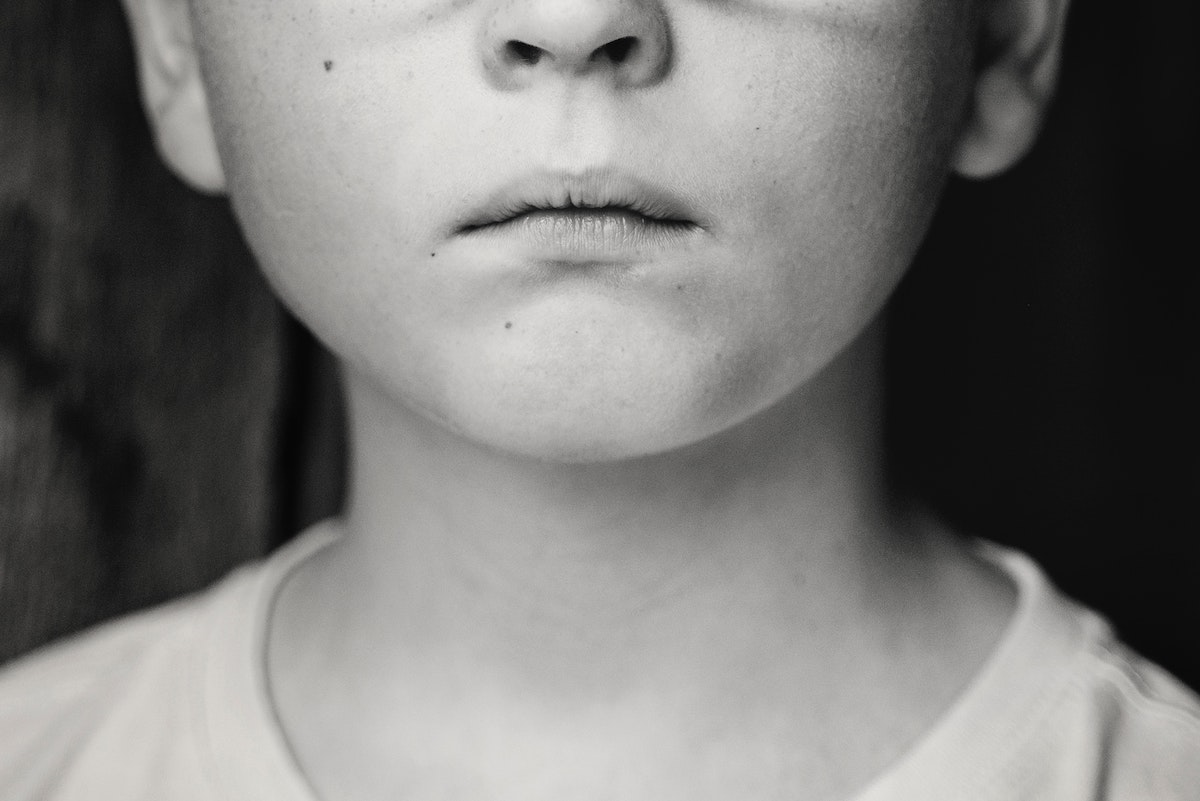Children develop through a process of making sense of adversities. These adversities have usually a positive role in children’s lives as they spur their development. Nevertheless, when there are too many adversities, or they last for too long, they can have a huge impact on the brain’s healthy growth and development.

Some studies show that traumatic events during childhood are widespread, with 48% of adults in England and 47% of adults in Wales reporting experience of at least one type of adversity before the age of 18. Multiple (4 or more) traumatic experiences were reported by 9% of English and 13.5% of Welsh adults respectively.
Traumatic experiences during childhood include verbal abuse, sexual abuse, physical abuse, emotional neglect, physical neglect, mental illness, domestic violence, drug and alcohol abuse, parental incarceration and parental separation.
Nevertheless, other factors could affect a child’s mental well-being, these are bullying, poverty, peer rejection, experiences of racism, death and traumatic loss, community violence, food scarcity, experiences of the care system, poor academic performance, living in an unsafe environment.

We must remember that children are a heterogeneous group of individuals and that trauma is influenced by contextual elements. There are some interplaying factors influencing trauma:
- The child’s attributes (genetic factors, temperament)
- The severity and nature of the trauma
- The frequency and duration of the trauma
- The response of others around the trauma (how it was managed)
- The age and stage of the developing child
- The presence or absence of protective factors
- The cultural and contextual relevance of the trauma
- Parenting models and attachment styles
- The environmental, socio-political, and economic context.

Developmental and relational trauma
When the trauma occurs during childhood the term used is “developmental trauma”. During this critical sensitive window, the trauma is likely to have an impact on the child’s neurological, social, emotional, sensorial, physiological, moral and cognitive development.
For example, many children who have experienced developmental trauma struggle with emotional regulation (they may have learned that their feelings are not important or not acceptable).

When a child experienced trauma within the inter familiar context or within their caregiver relationship, the term used is “relational trauma”. Children who experienced this kind of trauma usually have poor relational skills.
This will impact their ability to socialise, make eye contact, share, empathise, and so on. These children will have to develop supplementary survival skills and defence mechanisms in order to protect themselves from difficult emotions (like pain and loss).
Children with relational trauma didn’t have positive experiences through which they can develop internal working models (IWM). These positive experiences are represented by secure attachment and positive relational experiences. Through these experiences, children are able to use their caregiver as a secure base from which they can explore, learn and develop, and being able to express themselves.
Children with healthy IWM are more likely to be self-compassionate, have a positive self-image and self-esteem. When children experience developmental or relational trauma they develop unhealthy IWM and insecure attachment styles, in this case, their relationships and models are characterised by hostility, power, threat, pain, fear, disconnection.

These children are more likely to have poorer social judgement, lower levels of empathy, difficulties in perspective-taking and poorer interpersonal social reading. Also, they have a smaller window of tolerance and a sensitive defence system. They are driven by their emotions as they lack the internal maps to guide them and they don’t know how to self-regulate.
How to support them

These children need to be shown and re-taught how to “do and be in” healthy relationships. As part of the “Team Around the Child” we should:
1. Work on emotions:
Children who experienced trauma tend to mind-read more or misinterpret emotional cues. Children learn how to recognise and manage their feelings through adults’ verbal and non-verbal modelling. Adults should teach children how to identify, express and respond to a range of feelings using everyday opportunities. For example, they could say “Peppa Pig has a big smile on her face, she looks so excited” or ask “Why do you think the rabbit is looking sad?”.
2. Monitor arousal levels and triggers:
Children who experienced trauma would not have the experience of a safe relational anchor. This means that they are likely to have had to invest more energy into their survival (“Will I eat? Will dad be angry? Who will look after me?”) rather than being able to be in their learning thinking brain.
This kind of arousal is energy consuming and affects the child’s ability to self-regulate (→ Fear restricts learning and relationships). It’s important to get to know the child and identify their triggers – emotional, cognitive, sensory, physical.. – in order to find ways to reduce them and increase feelings of safety (→ Safety expands learning and relationships).
3. Work on protective factors such as resilience and self-esteem:
Why do some children function so well despite awful experiences? It may be true that trauma has several negative consequences, however, these children and the system around them have strengths, skills and resiliencies as well. We should focus on protective factors and see the whole person, not just the problem (trauma).
Moreover, we should think of resilience not as an individual trait, but as a dynamic interactive process. From this perspective, we recognise that a child’s strengths and skills can change and grow and that these can be influenced by a range of factors.

Working on protective factors means working on the system around the child to find ways of creating reparative experiences and a second chance secure base. It means providing positive opportunities, building new skills, offering positive interactions and models, and improving self-esteem.
Children who have experienced developmental and relational trauma are more likely to disqualify the positive incoming information and hold onto the negative information as if it were true.
Some strategies for building on children’s self-esteem and self-confidence are: writing a story or draw a picture of all their achievements; Identifying some positive self-mottos and affirmations; Making positive qualities and strengths list; Connecting with the child’s heroes/role models. Positive self-esteem is highly correlated with resilience. Strategies like the ones listed above will help these children to have a positive sense of self, healthy IWM and an improved self-efficacy and resilience.
References
Karen Treisman – Working with relational and developmental trauma in children and adolescents – Routledge 2017.
The Annual Report of the Director of Public Health 2018 – Adverse Childhood Experiences, Resilience and Trauma Informed Care: A Public Health Approach to Understanding and Responding to Adversity.
For an analysis of developmental trauma:
Joyanna L. Silberg – The child survivor. Healing developmental trauma and dissociation – Routledge 2013











